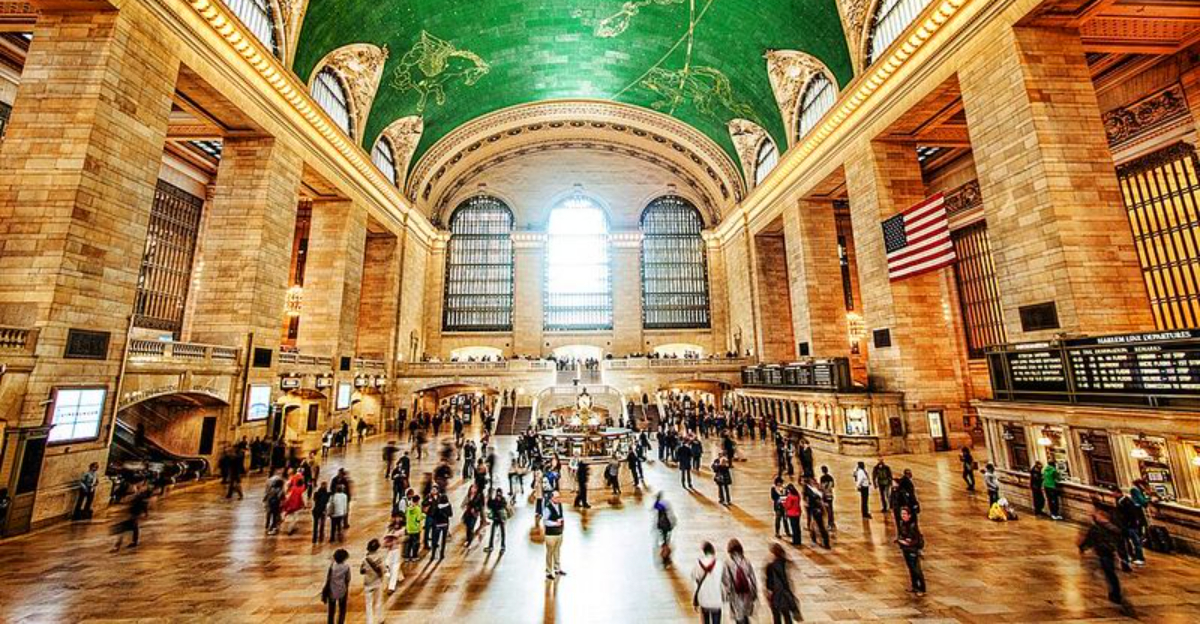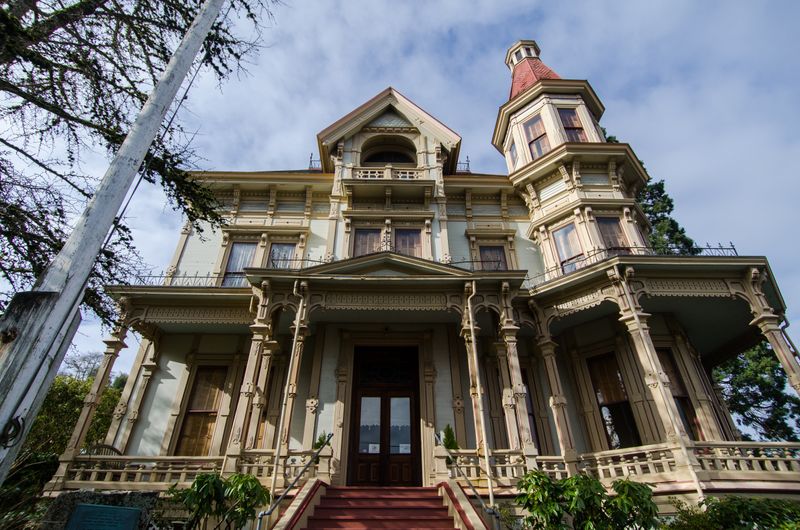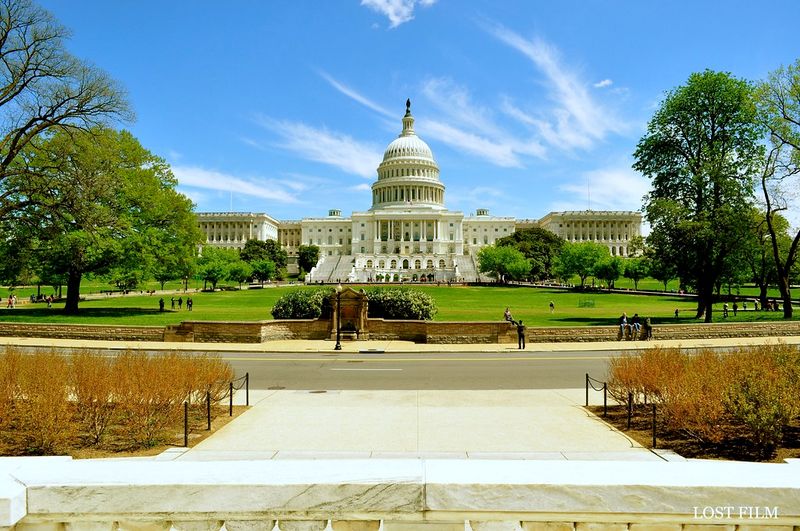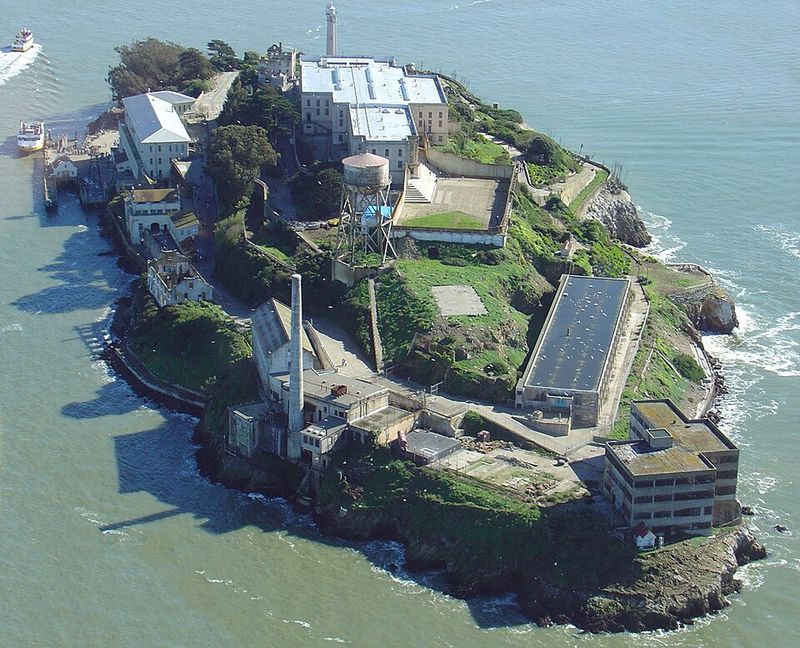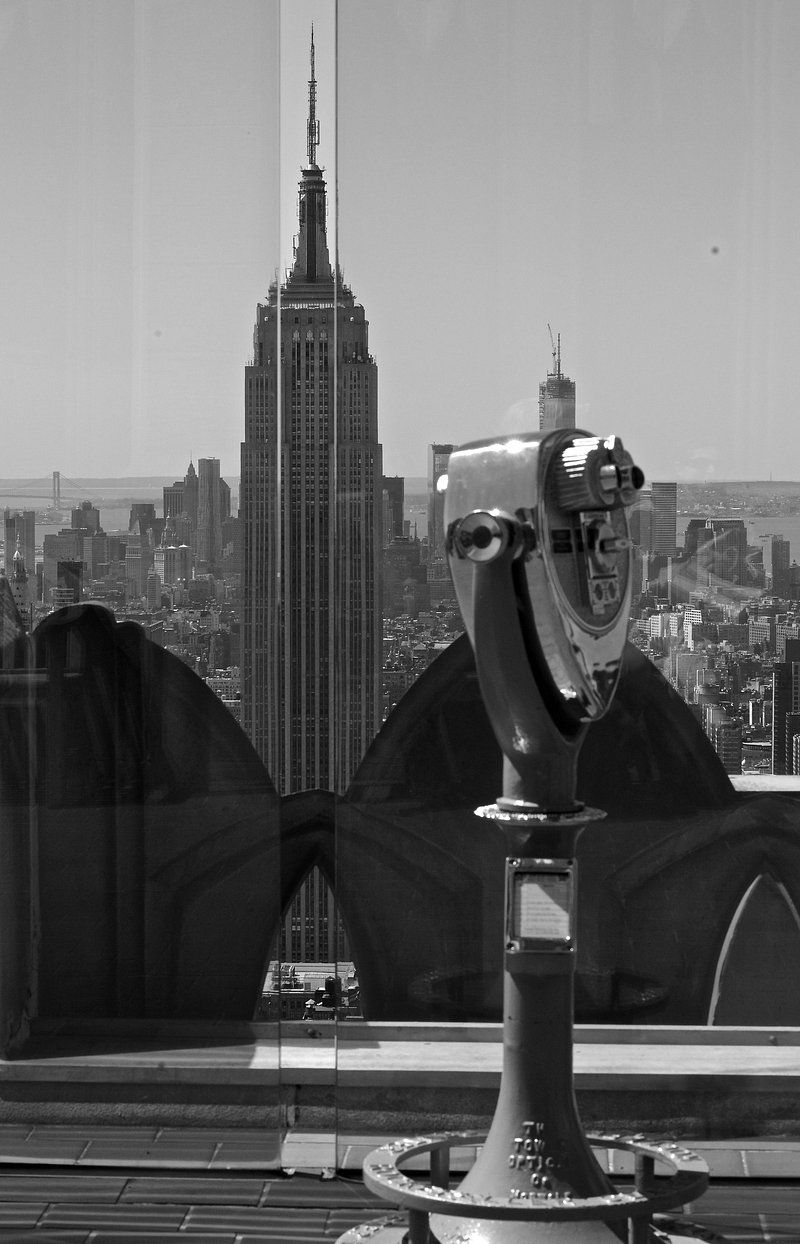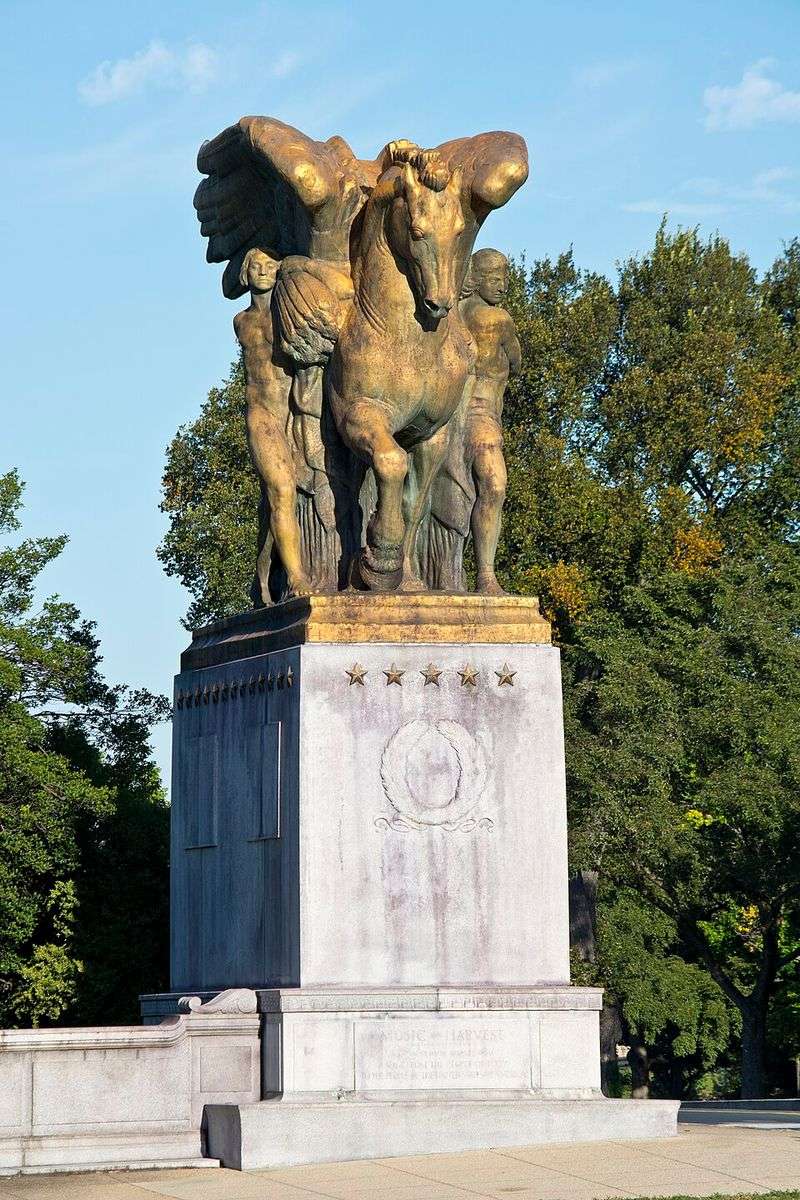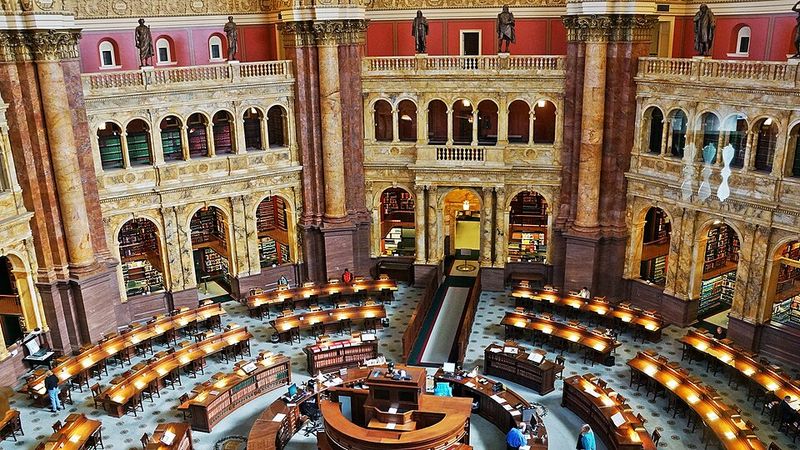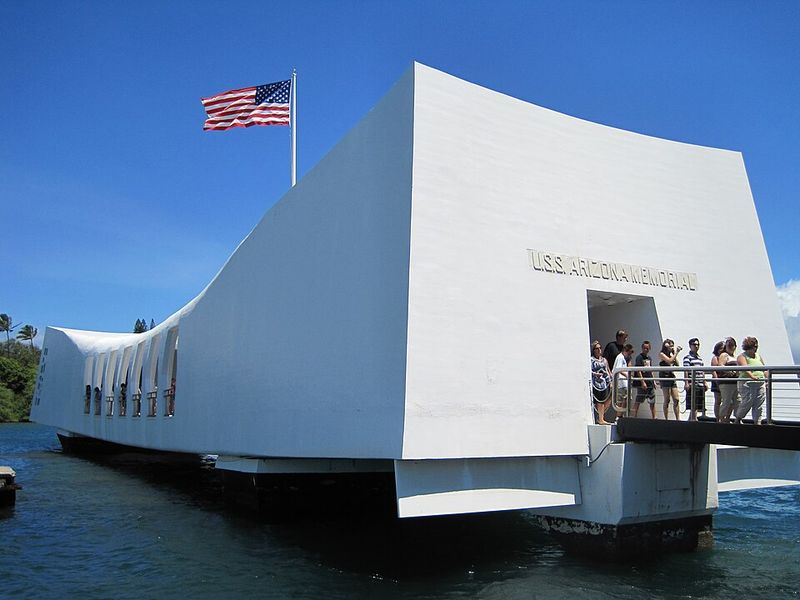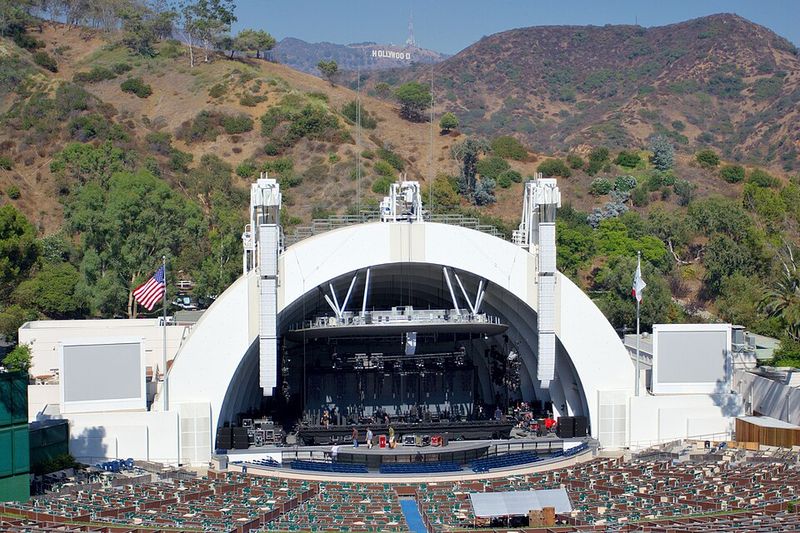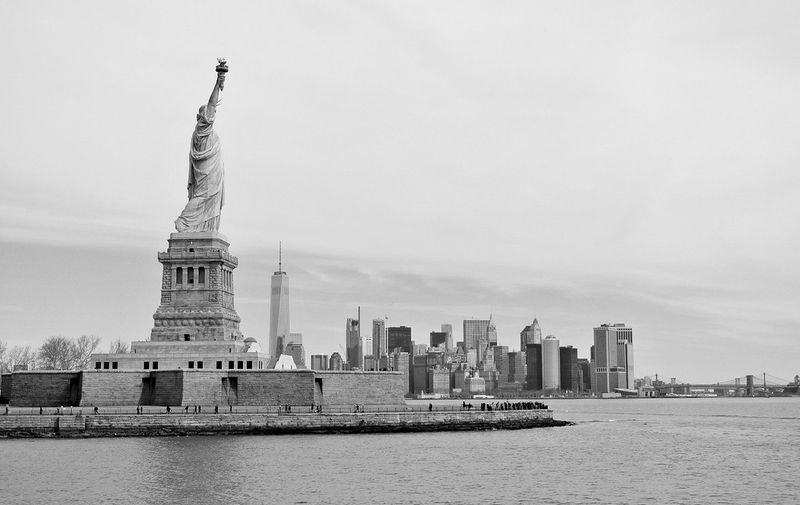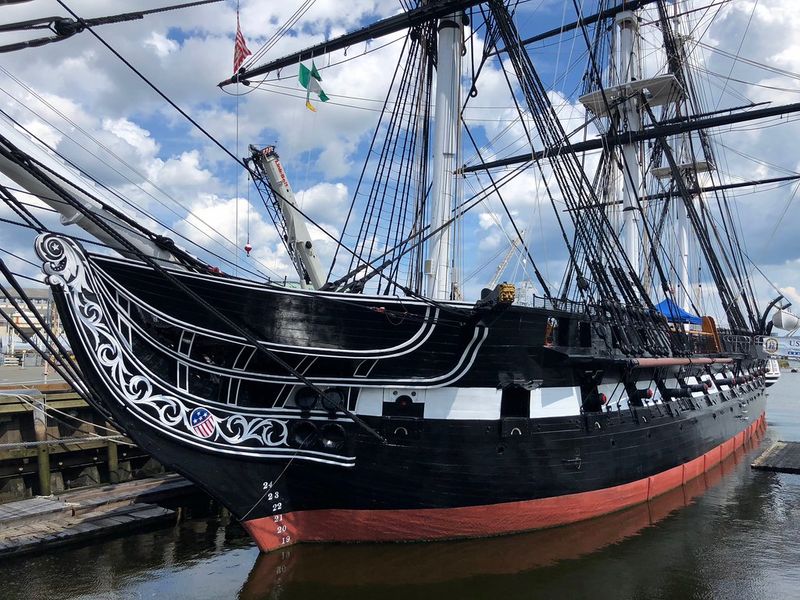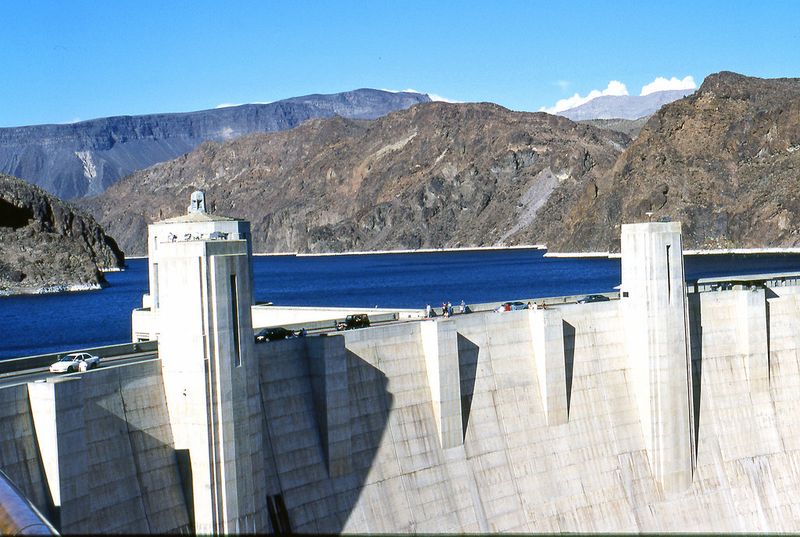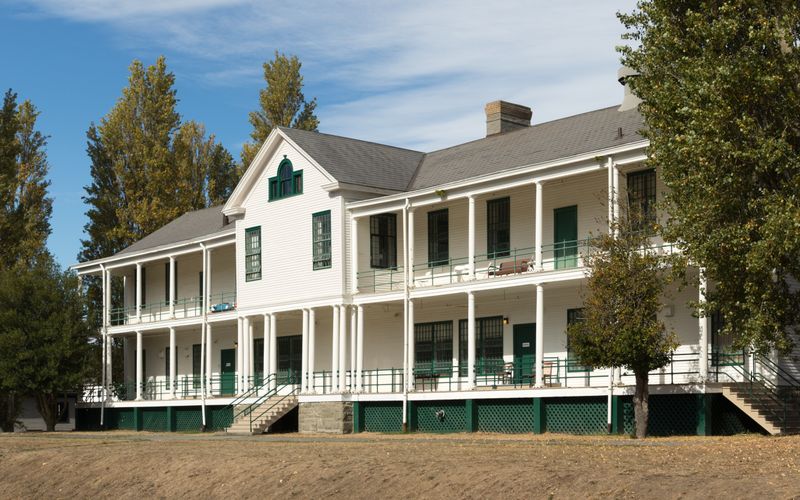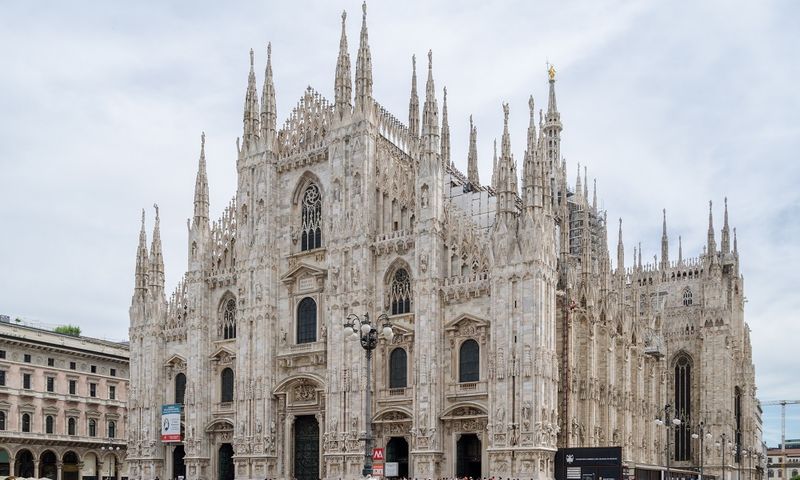America’s most famous landmarks hide more than postcard views—they guard rooms, tunnels, and vaults the public rarely sees. From sealed chambers behind granite faces to sub-basements that once powered a city, these secret spaces reveal astonishing stories. You’ll discover wartime escape routes, maintenance mazes, and archival vaults that challenge what you thought you knew. Ready to step behind the velvet rope and into history’s best-kept corners?
Mount Rushmore – Hall of Records (South Dakota)
Hidden behind Abraham Lincoln’s stony profile at Mount Rushmore sits the Hall of Records, a secret chamber envisioned by sculptor Gutzon Borglum as a granite vault for America’s foundational documents. Funding shortages and Borglum’s death curtailed the larger plan, leaving a sealed alcove rather than a grand archive. In 1998, officials installed a titanium vault and porcelain panels summarizing key milestones of U.S. history, then locked the chamber away from public access. Though you can’t tour it, the Hall embodies a time-capsule dream—an idealistic message to distant generations about liberty and national purpose. The reality is smaller, but no less evocative: a quiet room in the mountain’s heart, where memory and myth converge in the shadow of four colossal faces.
The White House – Tunnel to the Treasury Building (Washington, D.C.)
Beneath the East Wing, a 761-foot tunnel zigzags to the U.S. Treasury Building, designed in 1941 as a secure passage during emergencies. The corridor’s angled turns and blast-deflecting layout reflect wartime anxieties, while small side rooms once promised refuge and rapid movement for key personnel. Over decades, the tunnel evolved into a highly controlled artery with restricted access and discreet upgrades. Occasional references in memoirs and declassified documents hint at additional functions and contingencies. For the public, it remains invisible—an infrastructural ghost under the nation’s most scrutinized residence. Its very existence underscores how the White House is both symbol and bunker, a place where ceremonial grandeur sits above a labyrinth engineered for resilience and continuity.
The Mansion on O Street – Hidden Passages & Secret Rooms (Washington, D.C.)
In Dupont Circle, The Mansion on O Street blurs the line between museum, boutique hotel, and architectural puzzle box. Visitors hunt for disguised doors—bookcases that swing, mirrors that pivot, panels that conceal—and stumble into intimate rooms filled with eccentric artifacts. The estate’s rabbit-warren design encourages serendipity: a guitar-signed corridor opens to a retro kitchen; a vintage phone booth hides a new route. Each hidden space tells a micro-story through curated objects and offbeat decor. More than gimmicks, these passages cultivate curiosity, rewarding attention with discovery. Staff cheerfully keep exact counts of secret doors under wraps, ensuring each visit remains unique. The result is a living scavenger hunt in wood and plaster, where exploration becomes the exhibit itself.
Capitol Building – Hidden Staircase & Tunnel Under the Lincoln Room (Washington, D.C.)
Beneath the U.S. Capitol’s Lincoln Room, a discreet floor panel reportedly reveals a slender staircase to a hidden tunnel, possibly dating to the late 18th or early 19th century. Speculation ties the space to early construction-era access or emergency movement during the War of 1812. The tunnel’s rough masonry, low ceilings, and meandering course evoke a time when function trumped comfort. Access today is limited to officials, conservators, or security personnel, preserving a rare slice of the Capitol’s infrastructural past. Its presence highlights how the building’s ceremonial halls rely on a shadow network of passages to operate. While tourists admire grand rotundas, this tunnel whispers of crisis planning, clandestine footfalls, and a government quietly safeguarding continuity.
Alcatraz Island – Hidden Utility and Escape Chambers (San Francisco, CA)
Beyond Alcatraz’s notorious cellblocks lies a tangle of utility rooms and tight corridors that once fed power, water, and steam through the island prison. These spaces doubled as covert planning zones for inmates who exploited maintenance gaps to manipulate vents and voids. Archaeological surveys have revealed concealed passages behind walls and beneath walkways where tools, maps, and disguises may have changed hands. Guards knew of some areas; others emerged only after the prison’s closure. Today, most remain off-limits, preserved as fragile evidence of ingenuity and desperation. The hidden infrastructure tells a parallel story to official records—one of improvisation, survival, and the thin concrete margin between order and chaos on “The Rock,” where every inch mattered.
Empire State Building – Small Hidden Rooms in Maintenance Areas (New York, NY)
The Empire State Building’s public face dazzles with observation decks and skyline views, but its spine is a warren of service corridors and compact mechanical rooms. Built for redundancy in the 1930s, these spaces house risers, control gear, and access hatches tucked behind nondescript steel doors. Some rooms were essential during construction; others supported radio transmissions and building operations as technology evolved. Restricted to engineers and technicians, they’re invisible to most visitors riding skyward. Their modest size belies their importance: they stabilize climate, power, and safety systems for a vertical city. In an icon celebrated for height, the hidden rooms remind us that greatness relies on careful, unseen labor humming within the walls.
Gateway Arch – Sealed Maintenance Vaults (St. Louis, MO)
Beneath the sweeping stainless steel of the Gateway Arch lies a realm built for function, not photographs. Sealed maintenance vaults and stubby rooms anchor the monument’s foundations, housing structural monitoring gear, utilities, and access points for inspections. These areas are not part of the tram ride or museum experience, yet they safeguard the Arch’s graceful profile against wind, temperature, and time. Engineers track minute movements, calibrating the health of Eero Saarinen’s masterpiece from behind the scenes. The vaults’ industrial austerity contrasts with the Arch’s poetic curve—a reminder that elegance depends on hidden diligence. While the public marvels at riverfront reflections, the monument’s quiet heartbeat pulses below, inside rooms most will never see.
Statue of Liberty – Interior Chambers Behind the Torch
Within the Statue of Liberty’s torch, narrow catwalks and cramped service rooms once supported lighting, inspections, and structural upkeep. After the 1916 Black Tom explosion, public access to the torch ceased, leaving these spaces largely to conservators and engineers. The chambers reveal the ingenuity of Frédéric Auguste Bartholdi and Gustave Eiffel’s internal support system—ironwork transitioning to stainless upgrades—where every bolt balances art and physics. Maintenance teams navigate tight clearances to protect copper skin and glass elements. These rooms embody the statue’s dual identity as symbol and machine. While visitors gaze from the crown, the torch’s hidden interior glows quietly, keeping Liberty’s beacon alive without fanfare.
Brooklyn Bridge – Hidden Maintenance Rooms Under the Roadway (New York, NY)
Beneath the thrum of traffic on the Brooklyn Bridge, a lattice of inspection passages and compact maintenance rooms helps safeguard the span. Engineers access these spaces to monitor cable saddles, expansion joints, and the masonry anchorages, where temperature fluctuations and vibration test nineteenth-century ingenuity. Some rooms once stored tools and de-icing materials; others provide staging for specialized inspections. Hidden from the iconic pedestrian walkway, they preserve the bridge’s strength while tourists chase skyline selfies above. Their austere brick and granite interiors speak to a Victorian era obsessed with durability. The romance of the bridge endures thanks to routine, unseen rituals that happen out of sight, in rooms designed for practicality rather than poetry.
Grand Central Terminal – Secret Sub-Basement ‘M42’ Power Room (New York, NY)
Deep under Grand Central lies M42, a sub-basement that once housed switchgear feeding the terminal’s electric traction system. During World War II, its significance was guarded so tightly that saboteurs targeting the site could have crippled city transport. The space married brute hardware with strategic secrecy: humming transformers, copper bus bars, and a network of restricted corridors. Though equipment has evolved, the lore persists, and tours rarely venture into this classified core. M42 epitomizes New York’s hidden backbone—grit beneath grandeur—where a city’s mobility hinged on a room few knew existed. Its legend endures in whispers, footnotes, and the occasional photo, reminding us that power often resides offstage.
Lincoln Memorial – Service Rooms Beneath Pedestal (Washington, D.C.)
Under the marble serenity of the Lincoln statue, small utility rooms and crawlspaces knit the memorial together. Originally useful during construction, these hidden areas now support inspections, humidity control, and structural monitoring. They are not on standard tours, yet their presence ensures the monument’s grandeur remains stable for millions of visitors annually. The contrast is striking: upstairs, ideals etched in stone; downstairs, practical systems quietly sustaining them. Conservation teams navigate tight passages to assess corrosion, pests, and microclimate shifts. In these low ceilings and mechanical alcoves, the memorial’s endurance is engineered day by day, a humble counterpoint to the celebrated chamber above.
Library of Congress – Vaults & Hidden Rooms in the Thomas Jefferson Building (Washington, D.C.)
Behind decorative corridors in the Jefferson Building, secure vaults and tucked-away rooms protect rare books, maps, and manuscripts. These controlled environments manage temperature, humidity, and handling protocols far stricter than public reading rooms. Access is limited to authorized staff and researchers, who navigate back-of-house corridors to reach materials that can’t risk open display. Some vaults hold oversized atlases; others safeguard fragile bindings or early Americana. The juxtaposition of Beaux-Arts splendor and clinical preservation reveals the building’s dual life as showpiece and sanctuary. For most visitors, the vaults remain whispered rumors behind gilt and marble—essential spaces where national memory is stabilized page by fragile page.
USS Arizona Memorial – Hidden Lower-Deck Compartments (Pearl Harbor, HI)
Beneath the serene white span of the USS Arizona Memorial, the sunken battleship’s lower-deck compartments persist out of sight. These spaces once housed crew quarters, storage, and machinery—rooms now sealed by corrosion and the Pacific’s slow embrace. Divers and historians rely on schematics, sonar, and careful observation to interpret their layout and condition. Oil still weeps from the hull, a tangible reminder of lives interrupted. Public access is impossible; conservation dictates respectful distance. Yet the unseen compartments give the memorial its gravity, holding stories that echo through the harbor’s quiet waters. The hidden ship, more than the visible shrine, preserves the intimate reality of December 7, 1941.
Hollywood Bowl – Hidden Tunnel & Room Under the Stage (Los Angeles, CA)
Under the Hollywood Bowl’s iconic bandshell, tunnels and compact rooms enable the choreography of massive productions. Stagehands hustle through these passages with instruments, lighting rigs, and costumes, while a few tucked-away rooms double as rehearsal spaces and quick-change zones. The public rarely glimpses this under-stage artery, yet it’s the circulatory system that keeps performances on tempo. Acoustics and logistics converge here: sound runs, cue sheets, and last-minute repairs unfold in brisk whispers. Photogenic arches above, practical corridors below—together they create a seamless show. The hidden rooms are where star turns begin, where chaos gets tamed before a single note reaches the night air.
Walt Disney World – Utilidors Beneath Magic Kingdom (Orlando, FL)
Magic Kingdom’s famous “underground” is actually ground level, with the park built above it—creating Utilidors that hide operations from guests. These corridors connect wardrobes, trash vacuums, kitchens, and break rooms, allowing characters to appear in the correct lands without immersion-breaking crossovers. Color-coded pipes and signage keep deliveries and maintenance humming out of sight. Tightly controlled access preserves the illusion upstairs while optimizing efficiency below. The result is a city beneath a storybook, where logistics, safety, and show discipline intersect. For visitors, the magic feels effortless; in the Utilidors, it’s meticulously engineered.
Statue of Liberty Ellis Island Museum – Hidden Rooms in Immigration Records Vault (New York, NY)
Beyond public exhibits on Ellis Island, archival rooms store immigration records, passenger manifests, and fragile ephemera that trace American family trees. Climate-controlled vaults and processing spaces support digitization and conservation work largely invisible to visitors. Researchers with special permissions may enter reading areas, but the most sensitive storage remains locked tight. Here, curators fight entropy with careful handling, stable humidity, and protective housings. The hidden rooms transform statistics into stories, preserving the paper trail of arrivals, detentions, and new beginnings. Though tucked behind exhibits, their impact radiates through databases and genealogies worldwide.
USS Constitution – Hidden Compartments Beneath Gun Deck (Boston, MA)
Below USS Constitution’s gun deck, low-ceilinged compartments once held powder, provisions, tools, and spare rigging—spaces integral to survival at sea. These areas are tight, dim, and carefully managed due to fire risk and preservation needs. Some compartments are interpreted for tours, but many remain off-limits, stabilized for conservation and structural integrity. The hidden rooms reveal the ship as a compact ecosystem: food, munitions, hammocks, and command woven into a wooden hull. Their arrangement speaks to naval priorities—speed, safety, and readiness—where inches mattered and organization saved lives. In these cramped quarters, “Old Ironsides” remains very much alive.
Hoover Dam – Hidden Power Plant Rooms and Inspection Galleries (Nevada-Arizona Border)
Inside Hoover Dam, a network of inspection galleries, elevator shafts, and compact control rooms threads through millions of tons of concrete. These hidden arteries let engineers monitor seepage, temperature, and structural behavior while turbines rumble nearby. Some corridors feel like sci-fi sets—endless, echoing, and laser-straight—punctuated by access doors leading to vital systems. Public tours reveal only a sliver; many rooms remain restricted for security and safety. The dam’s Art Deco grandeur masks a hyper-functional interior engineered for precision. It’s a cathedral to infrastructure, where quiet measurements keep the Colorado River tamed and the Southwest powered.
Mount Vernon – Hidden Servant & Storage Rooms in George Washington’s Estate (Fairfax, VA)
At Mount Vernon, subtle doorways and low passages lead to servant workspaces and storage rooms integrated into the mansion’s outbuildings and hillside. These areas supported a vast operation—laundry, food preparation, repairs—running parallel to formal entertaining rooms. Tucked away by design, they enabled efficiency while keeping labor out of sight of elite guests. Today, conservation and interpretation reveal how enslaved workers and hired staff maintained the estate’s rhythm. Hidden rooms hold tools, ceramics, and traces of daily labor, giving depth to Washington’s public legacy. The grand house stands on the shoulders of these unassuming spaces, where the real work quietly happened.
The Alamo – Hidden Chambers Beneath the Floor of the Long Barrack (San Antonio, TX)
Beneath the Long Barrack at the Alamo, subsurface chambers and cisterns reflect layered construction from mission days through military use. Archaeologists have identified sealed voids and water features that supported daily life and defense. Access is tightly controlled to protect fragile masonry and ongoing research. These hidden rooms complicate the simplified tale of the 1836 siege, revealing an evolving complex adapted to drought, conflict, and community needs. The floors above hold memory; the rooms below hold evidence—stones that remember longer than stories. As investigations continue, the Barrack’s underworld promises more insights into Texas’s foundational site.
Empire State Building – 103rd Floor VIP Room (New York, NY)
High above the famous 86th and 102nd floors, a petite 103rd-floor space clings near the mast, accessed through narrow passages and ladders. Once used for maintenance and broadcasting needs, it occasionally hosts VIP visits under strict supervision. The room’s small windows and minimal floor space make the city feel immediate, as if the skyline were inches away. It’s more perch than lounge, wrapped in cables, braces, and wind. The area underscores how the building’s celebrity rests on a working spire—a place of antennas, inspections, and rarefied air. For most, the 103rd remains a rumor with a breathtaking view.
